TL:DR – A few photos and a brief discussion of the Chinese Character moth
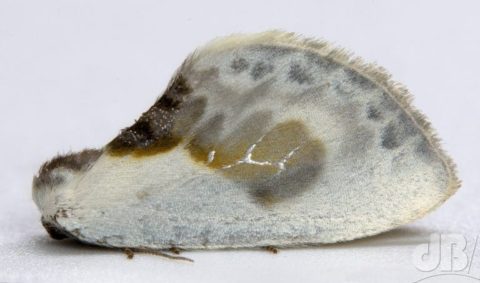
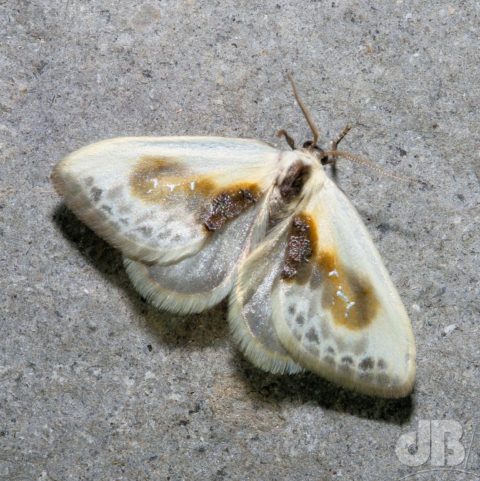
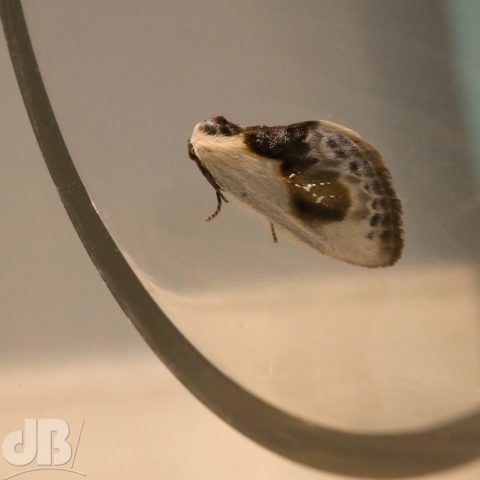
Regular Sciencebase readers will, by now, have realised that moths and butterflies (Lepidoptera, meaning scaly wings) have become a focus of my macro photography in recent weeks. Indeed, I’ve photographed and identified about 80 different species of lepidoptera, mainly in our back garden over the last month or so (23 July onwards, with a week off in August and a few missing days to give the moths a rest from overnight actinic light-trapping).
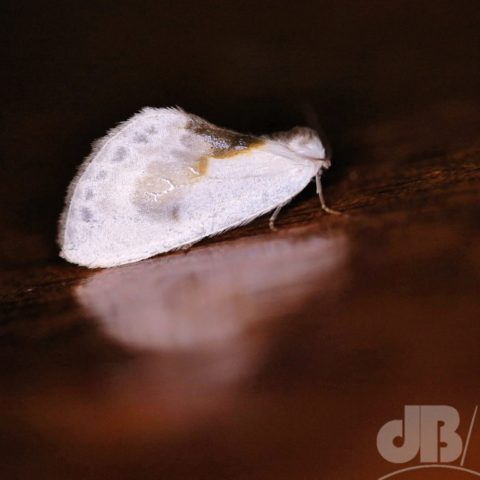
Anyway, you will also have realised that many moths have some rather outlandish and intriguing common names: Elephant Hawk-moth, Angle Shades, Dark Arches, Yellow Shell, Canary-shouldered Thorn, Setaceous Hebrew Character to name a few that I’ve photographed over the last month or so. I hadn’t seen the species known as the Chinese Character (Cilix glaucata) despite it being relatively common and flying at night at this time of year. It is found in Europe, Asia Minor, and North Africa.
Its common name you might imagine alludes to some feature of its patterning. The moth has what might be described as China-white wings, which are flecked with a series of small grey spots along the outer edge of the fore-wings. The inner edge has a dark brown “stain” that has areas of yellow and grey towards the middle of the wing. Nothing would suggest Chinese character, other than the porcelain colour of the wings, perhaps. Although a closer inspection and a whistful perception does reveal that the edge of the blotches resemble brush-and-ink markings that one might see in traditional Chinese script (apparently).
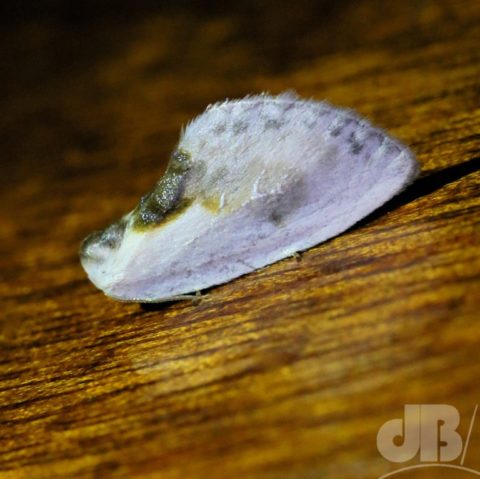
However, that colouration and patterning do serve a purpose. When the moth is at rest, with its curvy wings in a tent-like configuration it resembles nothing less honourable than a dollop of avian guano. It looks like bird poo, in other words! This is a highly evolved state, most predators will avert their taste buds and mouths when confronted with something that looks like poop.